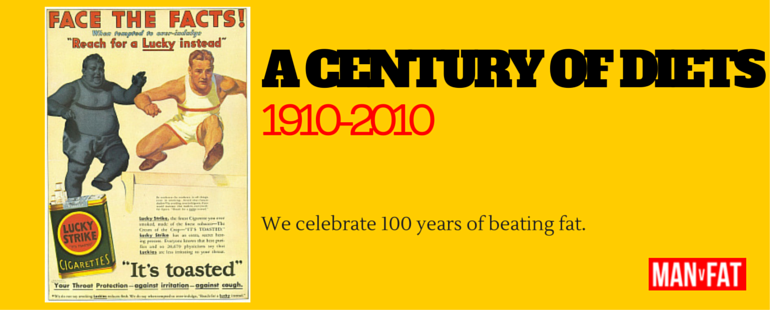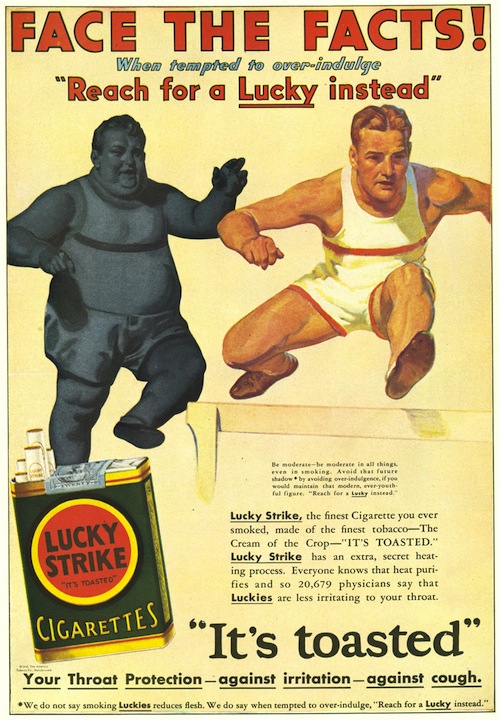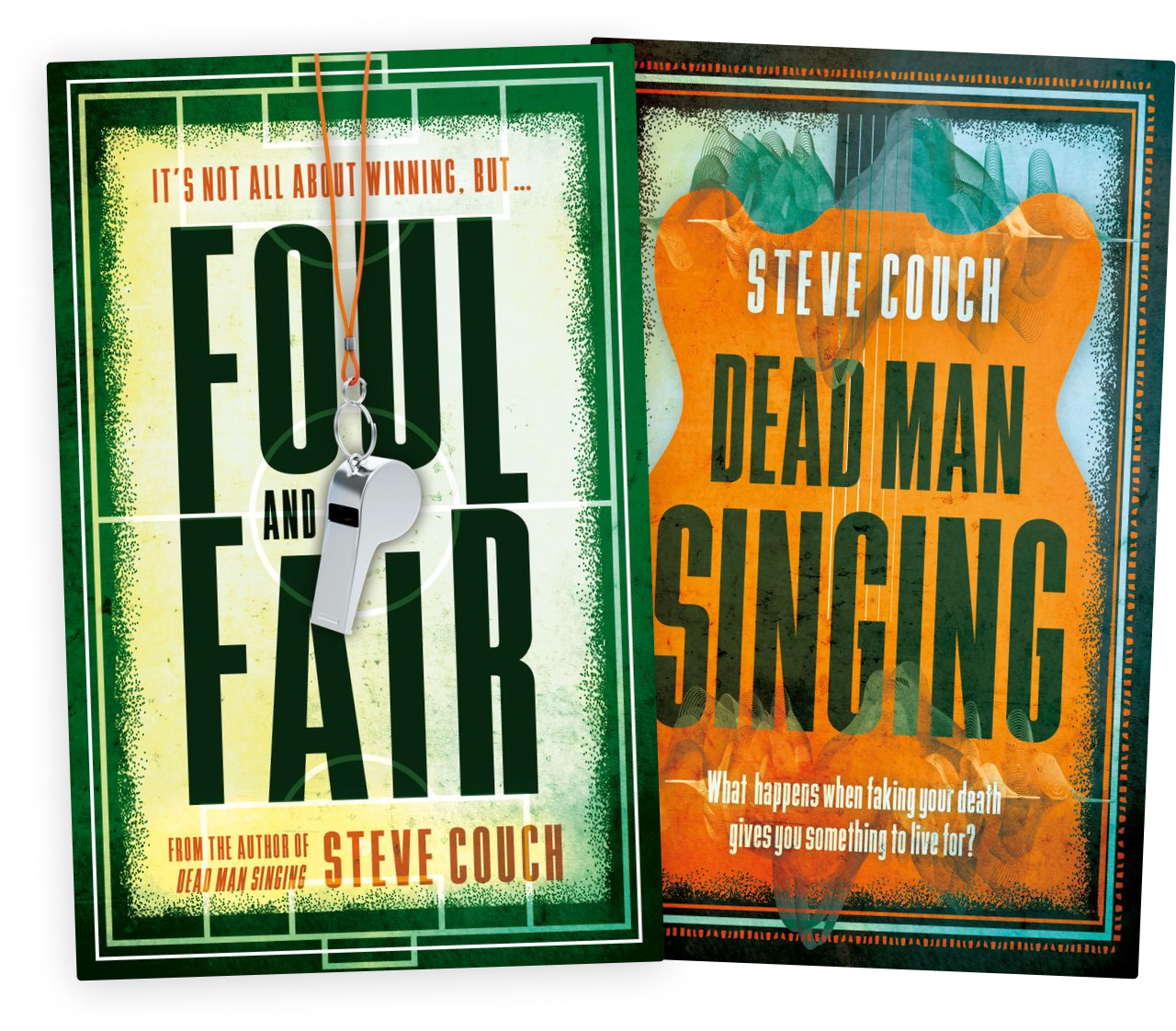For our ancestors dieting wasn’t really a concern, most people worried about not having enough to eat and being chased by dinosaurs [RESEARCH THIS LATER] rather than the reverse. It wasn’t until the twentieth century that this began to change, so here’s one hundred years worth of diet crazes that takes us from Fletcherism to 5:2
1910-20
Aside from the Great War, the most notable single event of the decade happened in 1912 when the Titanic sank. Given the number of heirs to fictional stately homes who perished in the disaster, the ship simply couldn’t cope with the sheer volume of costume drama plots on board. The dieting craze of the time, Fletcherism, demanded that food be liquidised by constant chewing but it seemed to have little effect on William Howard Taft, who became US President in 1909. He weighed over 300 pounds and once had to be rescued after he got stuck in the bath. Luckily he got a lot of sensible and very modern sounding advice about diet which was credited with saving his life, making him America’s first celebrity slimmer.
1920-1930
It was the era of the flapper and everyone was expected to have a thin, boyish figure, except boys, who were supposed to look well-fed and sturdy. To keep in trim you could always try the Cigarette Diet. The Lucky Strike slogans of the day encouraged you to reach for a Lucky instead of a sweet to keep fat at bay. That hasn’t stood the test of time as well as counting calories, pioneered in 1918 when Doctor Lulu Hunt Peters published “Diet and Health: With Key to the Calories”. Thanks Lulu.
1930-1940
This was the era of the Great Depression and restricting consumption to avoid getting fat wasn’t really an issue for most. So, amid stock market crashes and dustbowls, we had to depend on our spoilt show business brethren to keep the wacky diet flag flying. Hollywood came up with the Grapefruit Diet; based on the claim that grapefruit contains some sort of fat-burning enzyme (neatly debunked by famed nutritionist Weird Al Yankovic). It delivered 800 to 1200 calories a day and seriously reduced consumption of other fruits. To see where this led, look for a picture of Carmen Miranda.
1940-1950
The world was otherwise occupied for most of the Forties and rationing ensured that Britons, at least, had never eaten a healthier diet. Butter, sugar, fats and meat were hard to obtain but there were vegetables and brown bread in abundance. If you think it sounds idyllic, ask your grandparents about Woolton Pie or Curried Snoek.
1950-1960
The Cabbage Soup Diet. Nobody has ever claimed credit, or accepted responsibility, for creating this week long regime of cabbage soup, vegetables and just a little meat. Weird that no one wants to be the face of flatulence, isn’t it?
1960-1970
The era of flower power, psychedelia and WeightWatchers. You were supposed to tune in and turn on for a mind altering experience but if you smashed down the doors of perception with cream cakes rather than LSD you’d be grateful to Judith Nidetch of Brooklyn, who founded WeightWatchers in 1963. It now operates in 30 countries.
Dr. Robert Atkins published his Diet Revolution in 1972 but he had to wait for the first decade of this century to see his low carb regime really take off. In 2003 one adult American in eleven was religiously following the plan and sales of pasta and cereals were decimated. Like all great religious figures Atkins’ death is just as central to the legend as his life, and it occurred due to a head injury after a fall. Unless you know different.
1980-1990
Judy Mazel knew a thing or two about naming diets, which is why she came up with the Beverly Hills Diet in 1981. Can you imagine Joan Collins doing the Hanger Lane Gyratory System Diet, or even, God help us, the Cabbage Soup Diet? It’s got something to do with the enzymatic actions of foods in the digestive process but who cares – it sounds great. If you follow the diet too closely you might develop unsightly shoulder-pads and a Filofax, so tread carefully.
1990-2000
The Blood Type Diet had questionable scientific research to back its claims and was laughed at by doctors but that wasn’t enough to keep a good man down. Peter D’Adamo, a naturopath (I know…right) claimed people should only eat foods compatible with their blood type. If you’ve got type O its high protein, low carb for you. Type A is vegetarian. And if you’ve got Type E you probably enjoyed the nineties way too much.
2000-2010
The Dukan diet is a needlessly complicated and costly French variation on a simple formula. A bit like Perrier really, and it became hugely popular with celebrities. It’s basically calorie restriction, but your PA will have to keep track of whether you’re in the Attack, Cruise, Consolidation or Stabilisation phase. By the time you mastered it Oprah had moved on to some other craze so you’d feel foolish for still sticking to it. Just ask your mineral water sommelier for Perrier and you’ll see what I mean.






